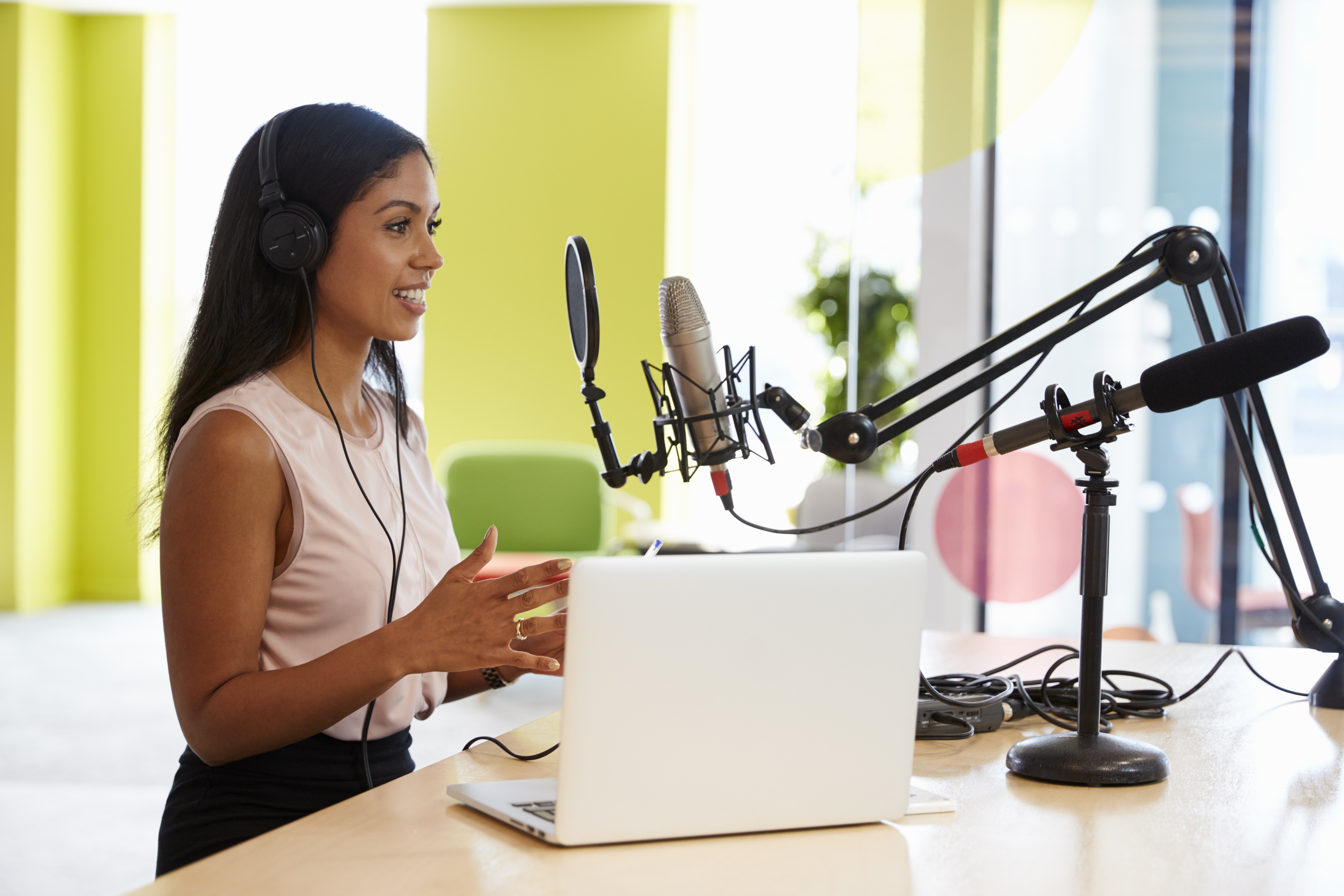Look Like a Pro, Spend Like a Beginner: Budget Podcasting Tips and Essential Podcast Equipment

 Aug 26, 2025
Aug 26, 2025
 Podcast
Podcast
When most aspiring podcasters think about starting a show, they imagine needing a fancy studio filled with high-end gear and thousands of dollars’ worth of equipment. But here’s the truth: you don’t need to empty your wallet to create a podcast that looks and sounds professional.
In today’s blog, we will show you how with the right approach and a few smart choices, you can build a high-quality setup using affordable podcast equipment and simple tricks that make a big impact.
The Myth of Expensive Gear
Many creators believe that without the most expensive microphones, mixers, and cameras, their podcast won’t stand out. While great gear can help, it’s not the most important factor. Listeners care more about your content, your storytelling, and your delivery than they do about whether your mic cost $500 or $50.
Instead of obsessing over the latest high-end podcast equipment, focus on what really matters: clear audio, good lighting, and a strong connection with your audience.
Essential Podcast Equipment on a Budget
You can set up a professional-sounding podcast studio with surprisingly few items. Here’s what you actually need:
1. Microphone
A decent microphone is the most important piece of podcast equipment you’ll buy. Fortunately, you don’t have to break the bank. USB microphones like the Audio-Technica ATR2100x or Samson Q2U offer great sound quality for under $100. These mics are plug-and-play, meaning you can connect them directly to your computer without any complicated interfaces.
2. Headphones
Monitoring your audio helps you catch issues in real time. You don’t need top-of-the-line studio headphones — a reliable pair like the Audio-Technica ATH-M20x or even a good set of wired earbuds can do the job when you’re starting out.
3. Acoustic Treatment
Good sound isn't just about the mic; it’s also about the environment. You can improve your sound dramatically by recording in a quiet, small space and adding soft surfaces like curtains, rugs, and cushions to reduce echo. Even hanging a blanket behind you can help minimize reflections and make your voice sound cleaner.
4. Lighting (for video podcasts)
If you’re planning to record video along with audio, good lighting is key. You don’t need an expensive ring light — a simple LED softbox or even natural window light can make a huge difference. Position your light source in front of you to avoid harsh shadows.
5. Camera (optional)
If video is part of your plan, you might think you need a DSLR or mirrorless camera. But many podcasters use a decent webcam or even their smartphones paired with apps like Camo or OBS to capture high-quality video without investing in expensive gear.
Software and Editing Tools
After recording, you’ll need to edit your podcast to make it sound polished. Free tools like Audacity or budget-friendly options like Reaper can handle all the basics — noise reduction, volume leveling, and simple cuts.
For video editing, DaVinci Resolve offers a powerful free version that rivals paid software.
Remember: No amount of fancy podcast equipment can fix a messy edit or poor storytelling. Invest time in learning basic editing skills, and your production quality will skyrocket.
Content and Consistency Matter More
Here’s a secret many new podcasters don’t realize: your audience is more forgiving than you think. They’ll forgive a slightly imperfect sound if your content is engaging, your energy is high, and you’re consistent.
Focus on delivering value, building a unique voice, and showing up for your audience week after week. That’s what builds trust and loyalty — not the price tag on your gear.
Final Tips for a Pro Look Without the Pro Price
· Test before you buy: Borrow gear from a friend or try renting before investing.
· Upgrade gradually: Start small, and add new podcast equipment only when you feel limited by your current setup.
· Learn DIY fixes: Simple hacks like using a pillow fort to block echo or taping a towel behind your mic can make a huge difference.
· Prioritize your audience: Engage, respond to feedback, and always put content quality first.
At the end of the day, podcasting success isn’t about having the most expensive setup. It’s about connecting with your audience and delivering content they can’t wait to hear. So, stop stressing about high-end gear. Start with what you have, learn as you go, and focus on creating.
Because looking like a pro isn’t about what’s in your studio, it’s about what comes through in your voice.
Recent Blog
Dec 17, 2024
